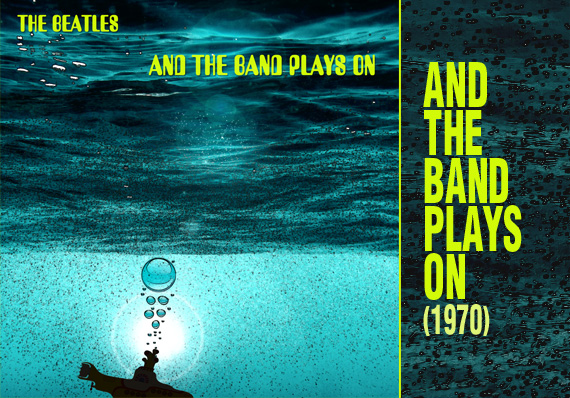

By the time Abbey Road was released on September 26, 1969, the Beatles were effectively over as a group, but the world did not yet know this. The divisive presence of both Yoko Ono and the devious new manager Allen Klein had already taken a toll, as did the uneven beginning of the group’s new company, Apple Corps. But all these things might have been taken in stride if the Beatles’ relationships with each other had not already fractured. So even as their new album was being declared a masterpiece by fans, Lennon was telling his bandmates that he was breaking up the group. The 1960s were about to be finished, and this extraordinary rock group was about to end with them.
The seeds of salvation, however, had been sown the previous January during the Get Back/Let It Be sessions. The Beatles had played 52 original songs during that incredible month, and that historic creative output was too valuable to waste. Many songs were released on Let It Be and a few on Abbey Road, but that left plenty of others that would be used on future albums, either by the individual artists or the group as a whole.
As 1970 dawned, John, Paul, George and Ringo were all thinking about life after the Beatles. During Christmas week, Paul had started his own album. Lennon and Ono had performed at the Toronto Rock and Roll Revival the week before Abbey Road‘s release, singing several new songs, and John was now at work on what he thought would be a solo single, “Instant Karma!” George, who had been on a recent creative tear, had plans to pull together all his songs that had been rejected by Lennon/McCartney into his own, solitary, declaration of independence.
And yet…
SAMPLE THE PLAYLIST!
♪ Listen to AND THE BAND PLAYS ON on iTunes in the U.S.
♪ Listen to AND THE BAND PLAYS ON on iTunes in Canada.
♪ Listen to AND THE BAND PLAYS ON on iTunes in Europe.
♪ Listen to AND THE BAND PLAYS ON on iTunes in Australia and New Zealand.
♪ Listen to AND THE BAND PLAYS ON on iTunes in Mexico.
Allen Klein had persuaded Lennon to keep his feelings to himself back in late 1969 because he had just won the Beatles a substantial increase in royalty rates and didn’t want to kick off the new relationship with EMI on such a sour note. Then, in comments to Rolling Stone in early 1970, Lennon himself seemed to say the Beatles might record again. McCartney, however, still felt burned by the vilification he’d been subjected to during recent Beatles recording sessions, and decided to push ahead on his first solo album. And it was there that crisis became opportunity.
Paul had been aiming to release his self-titled McCartney LP on April 17, 1970, beating Let It Be into the marketplace by a single week. At the behest of Allen Klein, Ringo was dispatched to Paul’s home to gently float the idea that Paul push his release back to June 4, at which point Paul summarily threw Ringo from his house.
It might have ended there were it not for the efforts of friends like Mick Jagger, Eric Clapton and Billy Preston, who staged an impromptu, last-minute intervention and convinced all the Beatles to re-think their positions. This process involved a weekend of some debauchery at the newly purchased Friar Park home of George Harrison. John, Paul and Ringo came at different and overlapping times, along with their spouses, to the 120-room Victorian, neo-Gothic mansion previously owned by the eccentric Sir Frank Crisp.
Part couples retreat and part primal scream therapy, the gathering lasted for two-and-a-half days, during which everybody fought with everybody else. Yet two important things happened: Jagger, whose Rolling Stones had also been represented by Klein, told Lennon frankly that McCartney was smart in wanting to hire his entertainment lawyer father-in-law Lee Eastman to manage the Beatles. That same night, Lennon and Klein tangled verbally in a drunken exchange. By the next morning, John realized Paul’s disdain for Klein was probably justified, although he remained staunchly opposed to Eastman.
Then came surprise guest Lord Beeching, a man who’d overhauled Britain’s railroads and had been briefly considered on the short list of manager candidates. Beeching asked for, and got, a sit-down with Lennon and McCartney, where he proposed that he would take over the management of the stumbling Apple Corps., provided John and Paul would each postpone plans for their solo albums. Beeching asked them to blend their work on one more joint Beatles release to buy him time to expunge Klein and set the Apple house in order, out of the glare of the media’s spotlight.
At the end, John Lennon famously summed up the process: “We all said some things we needed to say. You have to be good and trashed sometimes to give peace a chance. World should take a fuckin’ lesson now, you know?â€Â And with that, John Lennon, Paul McCartney, George Harrison and Ringo Starr came together at the 11th hour and stepped back from the brink of splitting up. It was a fragile peace, the equivalent of a temporary halting of the bombing raids that were then taking place over North Vietnam, but it was practical. Lennon did not want McCartney to beat him to the market with a solo album, and McCartney wanted to give the band he loved, the Beatles, every last possible chance before declaring it dead.
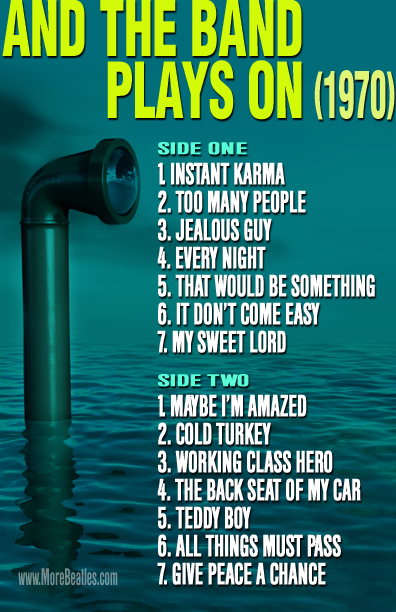 The album was originally called Back from the Brink (John’s title) and renamed just before its release at McCartney’s “suggestion†(supported by Ringo with George abstaining). Lennon agreed to the change. In his mind, the Beatles had been sinking, and he toyed briefly with the idea of pushing to call the record Deck Chairs and use images of the Titanic. In the end, then, And the Band Plays On became a compromise choice because it worked on Paul’s level to mean “joyfully soldiering on through a crisis,” while to John it signified, “dithering away the last meaningless moment of existence.” Ringo, with the album’s cover art, got a call-back to the Yellow (now Black) Submarine. George got only his usual two songs but, knowing in his gut that they would be as big as “Here Comes the Sun†and “Something,†he decided not to rock the boat, whether or not it was sinking.
The album was originally called Back from the Brink (John’s title) and renamed just before its release at McCartney’s “suggestion†(supported by Ringo with George abstaining). Lennon agreed to the change. In his mind, the Beatles had been sinking, and he toyed briefly with the idea of pushing to call the record Deck Chairs and use images of the Titanic. In the end, then, And the Band Plays On became a compromise choice because it worked on Paul’s level to mean “joyfully soldiering on through a crisis,” while to John it signified, “dithering away the last meaningless moment of existence.” Ringo, with the album’s cover art, got a call-back to the Yellow (now Black) Submarine. George got only his usual two songs but, knowing in his gut that they would be as big as “Here Comes the Sun†and “Something,†he decided not to rock the boat, whether or not it was sinking.
The irony, of course, is that the band wasn’t actually “playing on” at all — not as a band, anyway.
What happened instead, in the aftermath of The Weekend, was that the solo efforts the individual Beatles had in the works were stopped in their tracks to create a single Beatles record. As early as the so-called White Album, each member had seemed to relegate the others into side-men for his own work. They were, quite simply, the best supporting musicians that anyone could ask for, and even while sulking, fighting and arguing, their work was always a cut above.
The very act of merging four different artistic sensibilities in full flower was a bigger challenge than getting the Beatles to keep their banner flying for a while longer. The negotiated price of staying together was increased authority over song selections. No longer were John and Paul allowed veto power over each other’s musical choices or over George and Ringo either. Opinions were voiced, and strongly, but the men all got their own way eventually. Additionally, the fraying Lennon/McCartney joint authorship was put to rest. From that point on, songs would be listed as being by John Lennon or Paul McCartney, with no pretense otherwise.
In the final mix of And the Band Plays On, McCartney got six songs, Lennon grabbed five, Harrison got his two defining hits, and Ringo placed one barn-burner in “It Don’t Come Easy.” The sides sound less organic than Abbey Road or even Let It Be, but they clearly add up to a Beatles album.
Released in September 1970, And the Band Plays On became the third most successful Beatles album of all time, behind only Sgt. Pepper’s Lonely Hearts Club Band and Abbey Road.

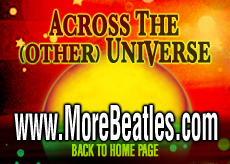
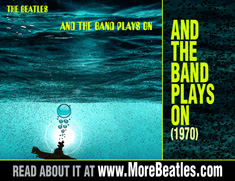
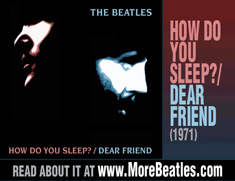
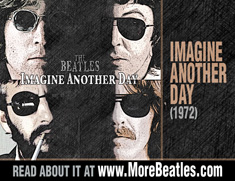
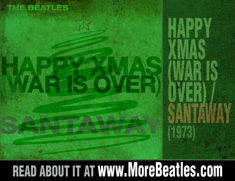
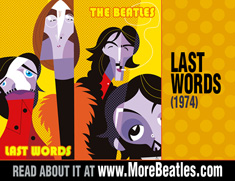
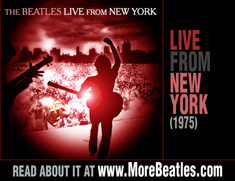
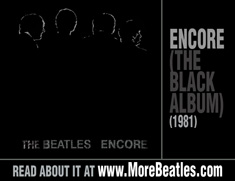
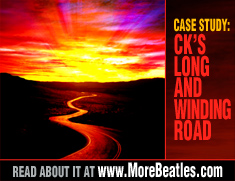


I’ve seen people talk about this before, but I’ve never seen anybody go at it with the detail you people have done. This is great stuff. Can’t wait to read the rest of it.